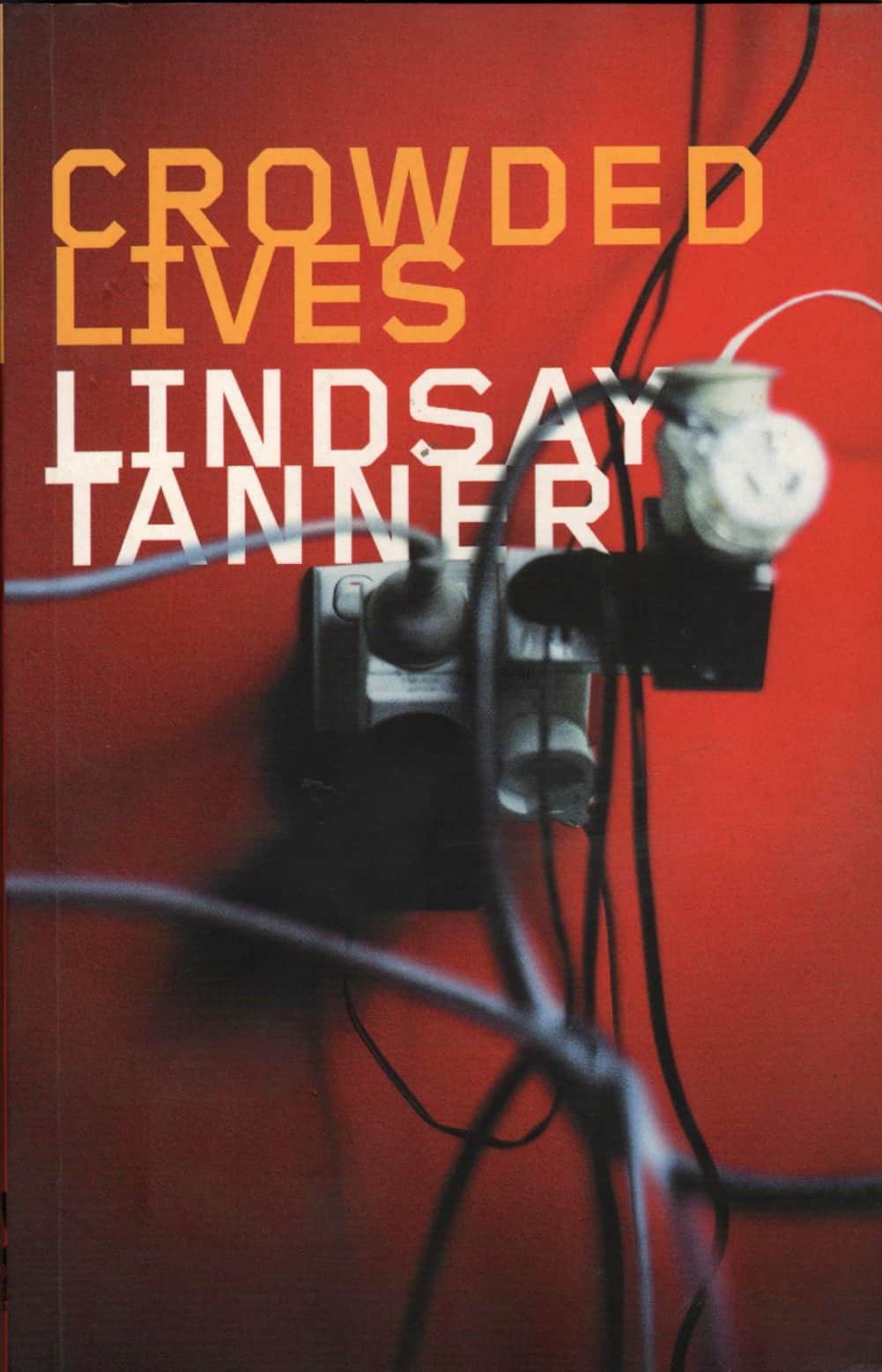Recently SafetyAtWorkBlog reported on a new WorkSafe Victoria guidance on guarding cellar doors. Comcare has started legal action against a company a similar hazard but one located in public.
Comcare has instigated proceedings against Australia’s leading telecommunications company, Telstra, for an unguarded pit in a public area. According to the media release dated 19 August 2009,
“The proceedings arise from an incident on 31 January 2008 when two Telstra sub-contractors opened an access pit while conducting work. The pit is located on a pathway between a train station in Brisbane and the office of an organisation that provides services to persons with impaired vision. While the access pit was allegedly left open and unguarded, a member of the public, with a vision impairment, fell into the pit and sustained a serious personal injury.
The maximum pecuniary penalty for a breach of s17 of the Act by a body corporate is $242,000.”
This is not a new hazard and open telecommunications pits have been guarded for decades, often with canvas to provide weather protection for workers. We’ll report on the judgement when it is handed down.



 Work/life balance in Australia is skewed towards those workers who have young families or a role as a carer. This is due to work/life balance evolving from the feminist and social concepts of the 1970s and in response to the increased number of
Work/life balance in Australia is skewed towards those workers who have young families or a role as a carer. This is due to work/life balance evolving from the feminist and social concepts of the 1970s and in response to the increased number of 


